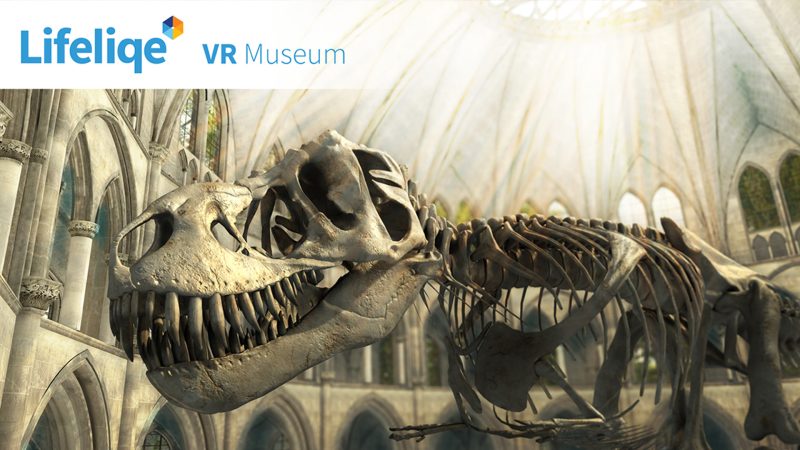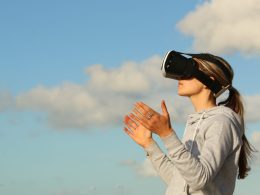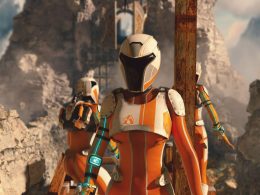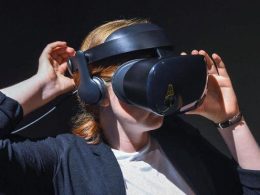Virtual reality is not only suitable for games and entertainment, it is also a great way to learn. The two science teachers, Elizabeth Kramar and Toni Setteducato, at the Alta Vista School in San Francisco have also discovered this. In collaboration with the developers of the "Lifeliqe VR Museum" software, which is available free of charge on Steam is available for download, students with a VR headset are offered completely new possibilities.
For example, they can walk through the ancient ruins of past civilisations, look at animal cells down to the smallest detail, experience dinosaurs or take a look around the International Space Station. Things that were previously only available in a museum are now directly accessible in the classroom. The two teachers have developed a curriculum based on "Lifeliqe VR Museum" created. They are convinced of the effectiveness of the lessons.
Anyone who has ever been to school (or still is) will probably agree with the teachers, because something like this is much more fun than a dry lesson with blackboard pictures and printed sheets. In any case, the interactive learning experience should arouse the pupils' interest, curiosity and attention. The disadvantage is, of course, that the students in this case are using the HTC Vive. Unless you have a sponsor or take part in a funding programme, it can be quite expensive for a school to purchase VR headsets and other hardware for an entire class.
Source: VR-Nerds









